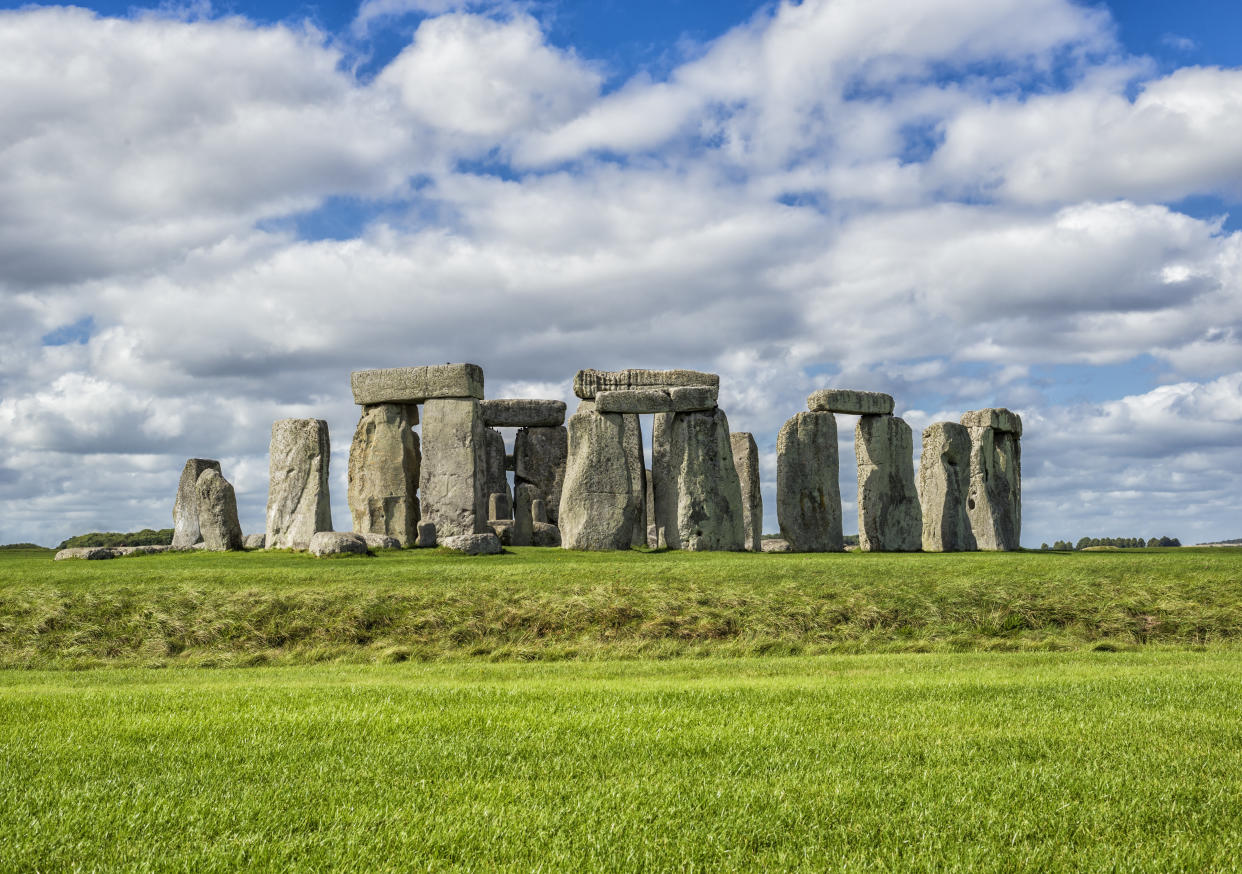Stonehenge ‘was built using buckets of lard’

It’s the great mystery of Stonehenge - how did ancient people carry the huge stones used to build the site from more than 100 miles away?
New research suggests that ancient people may have relied on a rather surprising kitchen ingredient... lard.
Scientists at Newcastle University have suggested that pig fat was used to lubricate massive wooden sledges to drag the stones of Stonehenge into position.
Previously, fat residues on shards of pottery at Durrington Walls, near Stonehenge, were assumed to be related to feeding the people who came to build the monument.
Read more
Man charged with murder of heavily pregnant woman and the manslaughter of her baby
Corbyn accuses BBC of 'many inaccuracies' in documentary about Labour anti-Semitism
'Book ripper' bringing misery to seaside town's literary lovers with serial vandalism
But researchers now believe that the fragments are from dishes the size of buckets - meaning they could have been used to collect and store tallow, or animal fat.
Dr. Lisa-Marie Shillito, Senior Lecturer in Landscape Archaeology, Newcastle University, said: ‘I was interested in the exceptional level of preservation and high quantities of lipids - or fatty residues - we recovered from the pottery.
‘I wanted to know more about why we see these high quantities of pig fat in pottery, when the animal bones that have been excavated at the site show that many of the pigs were 'spit roasted' rather than chopped up as you would expect if they were being cooked in the pots.’
Previous research has suggested that some of the stones, weighing up to two tonnes, were moved on sleds by up to 20 people.
Was the fat actually grease to allow the stones to move on huge sleds?
Dr Shillito said, ‘There are still many unanswered questions surrounding the construction of Stonehenge.
‘Until now, there has been a general assumption that the traces of animal fat absorbed by these pieces of pottery were related to the cooking and consumption of food, and this steered initial interpretations in that direction. But there may have been other things going on as well, and these residues could be tantalising evidence of the greased sled theory.

 Yahoo News
Yahoo News 

